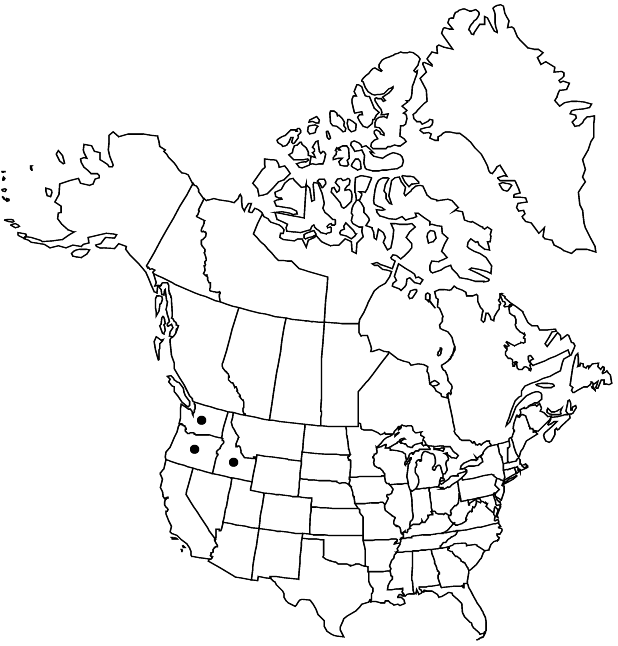Difference between revisions of "Ribes cereum var. colubrinum"
in C. L. Hitchcock et al., Vasc. Pl. Pacif. N.W. 3: 69, plate [p. 72], fig. s.n. [upper right center]. 1961,.
Common names: White squaw currant
FNA>Volume Importer |
FNA>Volume Importer |
||
| Line 46: | Line 46: | ||
|publication year= | |publication year= | ||
|special status= | |special status= | ||
| − | |source xml=https://jpend@bitbucket.org/aafc-mbb/fna-data-curation.git/src/ | + | |source xml=https://jpend@bitbucket.org/aafc-mbb/fna-data-curation.git/src/8f726806613d60c220dc4493de13607dd3150896/coarse_grained_fna_xml/V8/V8_33.xml |
|genus=Ribes | |genus=Ribes | ||
|species=Ribes cereum | |species=Ribes cereum | ||
Revision as of 18:06, 18 September 2019
Leaf blades 1.5–3 cm wide, surfaces glabrous. Bracts ovate to obovate, margins entire or sharply denticulate or with 2 or 3 shallow sinuses, apex acute. Flowers: sepals glabrous or sparsely to densely pubescent, not stipitate-glandular; ovary glabrous or sparsely to densely pubescent. 2n = 16.
Phenology: Flowering Apr–Aug.
Habitat: Dry habitats in conifer and oak woodlands
Elevation: 500-1600 m
Distribution

Idaho, Oreg., Wash.
Discussion
Selected References
None.
Lower Taxa
None.